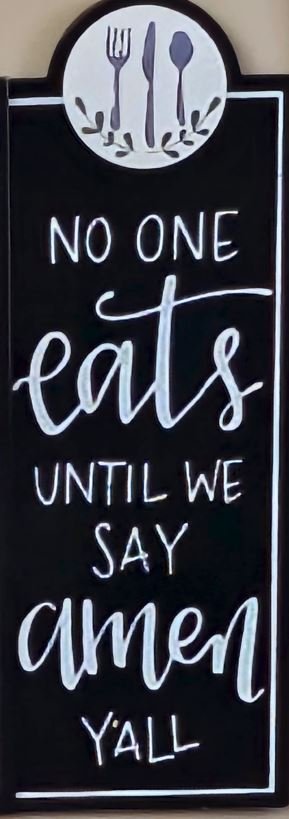William Jasper Todd Homeplace
/You know that I love visiting home sites. And, I’ve confessed before that when I walk these lands, the stories echo in my mind. Such is the case with Uncle Bill Todd’s homeplace above Slate Creek.
William Jasper Todd was certainly a character to remember. He was born in Washington County, Virginia in 1853 and headed west to Tennessee with his parents and several of his 15 siblings in the years following the Civil War. These would have been the first of the Todd family to cross into Tennessee.
Their new home must have seemed like The Wild West after generations of the family had lived on a western Virginia plantaion! Remember that no rail access crossed the Cumberland Plateau until 1890. The vast stretches of timber were one of the mountain’s greatest resources but went relatively untouched the railroad was available to haul it to metropolitan markets. In 1870 the population of Anderson County, Tennessee was a whopping 8,704 people. But that was too many, so the family kept heading west into Fentress county where the 1880 census finds them numbered among the 5,941 residents of the county.
Uncle Bill, as he is universally remembered today, settled on the banks of Slate Creek and soon had a thriving homestead. He would need to prosper as he fathered and raised 22 children with 3 wives.
I don’t know in what order he built, but there was a mill on Slate Creek. Folks went to Uncle Bill for dental work – well at least pulling teeth as needed. He was a barber, it seems like a lot of barbers were also the local dentist and I don’t quite know how those two professions compliment each other. And William Jasper Todd would be the local Justice of the Peace.
So, it’s said you could have a turn of corn ground, get a hair cut and tooth pulled, and get married all in the same place. Doesn’t that sound like one happening spot in the late 1800’s?
The home was large – remember how many children it had to accommodate – and stood until the late 1940’s. Several families lived there before Odell Atkinson bought the farm and eventually built a new house for his family. Folks say that was the coldest house in Martha Washington. Perhaps its perch on the hillside above the flowing waters of Slate Creek cast a chill on it. Yet, it was home to Bill Todd until shortly before his death in 1929. The 1920 census shows him still living there, along with his last wife, Vandora (remember that on the mountain we pronounce that “Vandoree”) and 6 children ranging from 4 to 17 years of age.
Despite all of this history, there’s little hint today that the home ever existed. Except, for the yellow Easter flowers that blanket the hillside. These always whisper a reminder of a homeplace, and I don’t think I’ve ever seen as many in one place.











